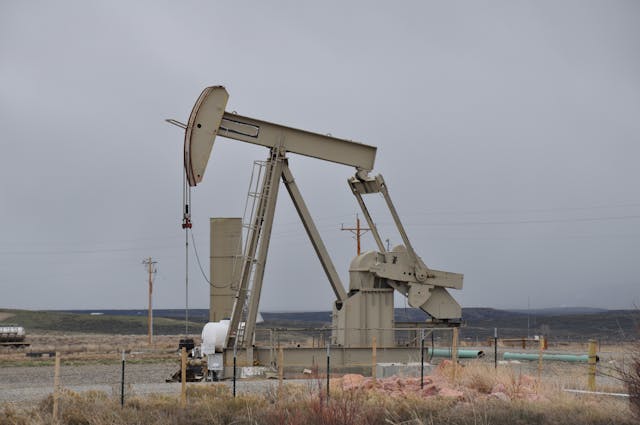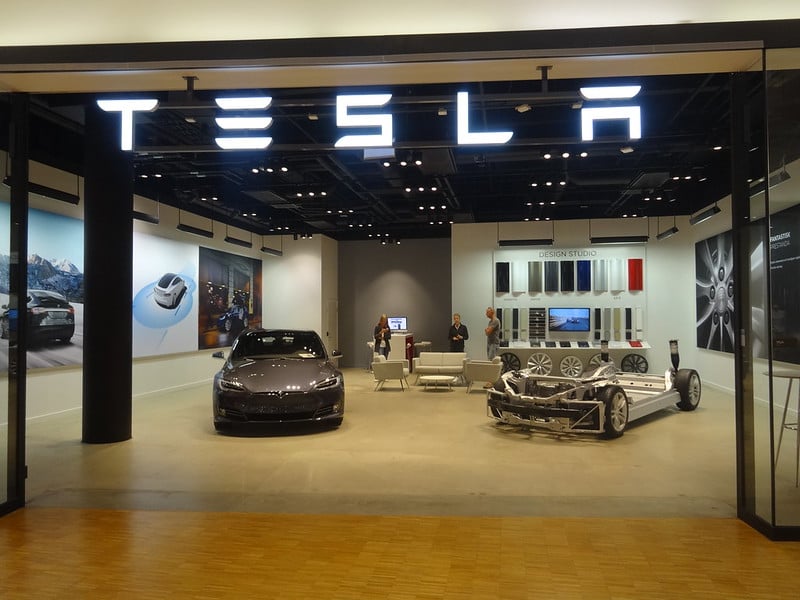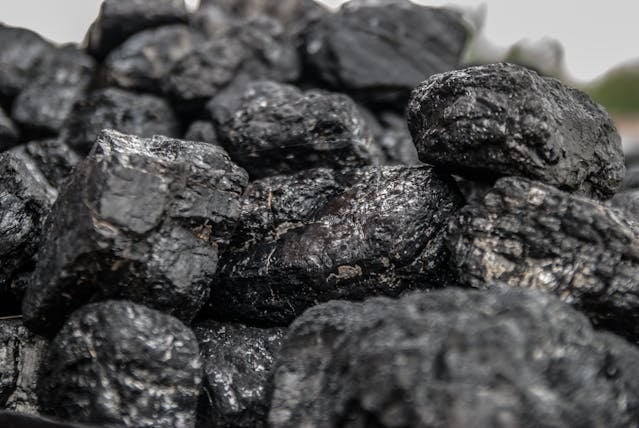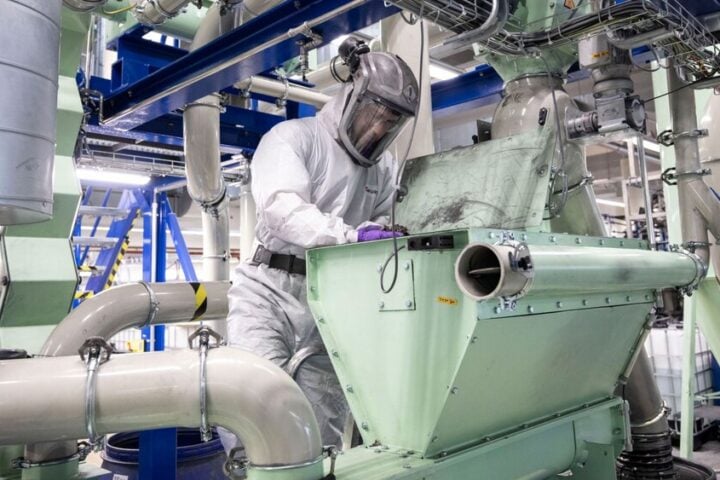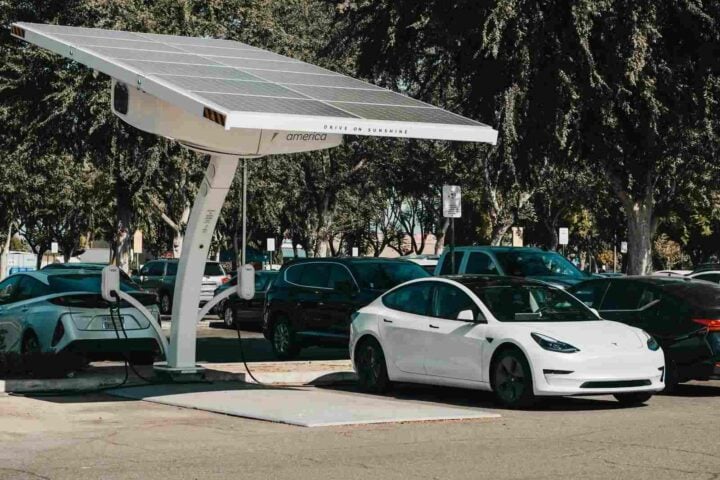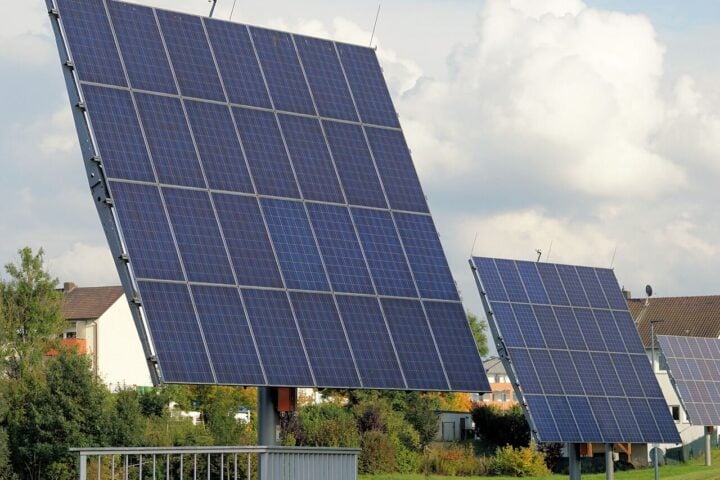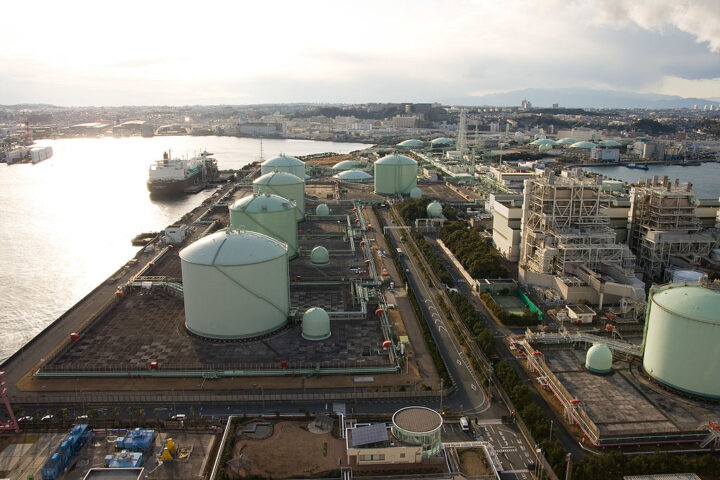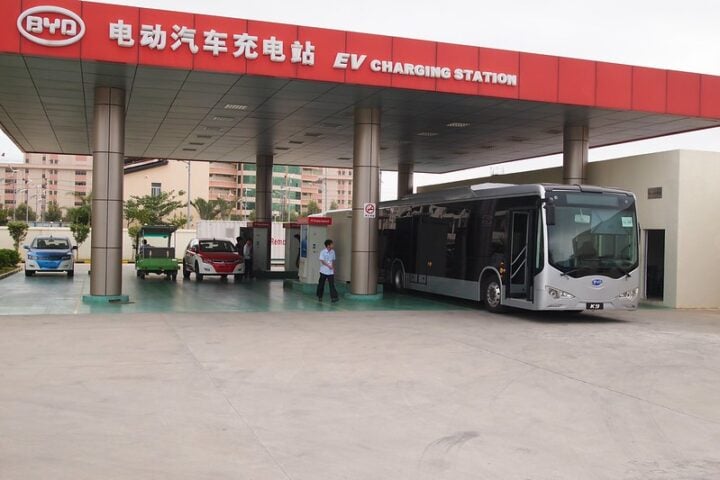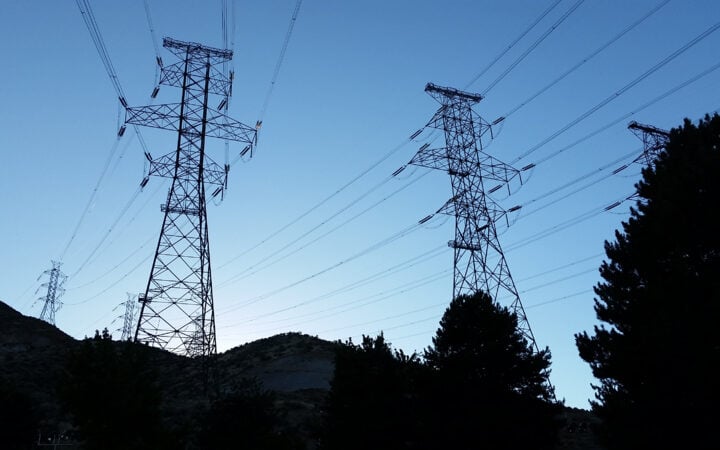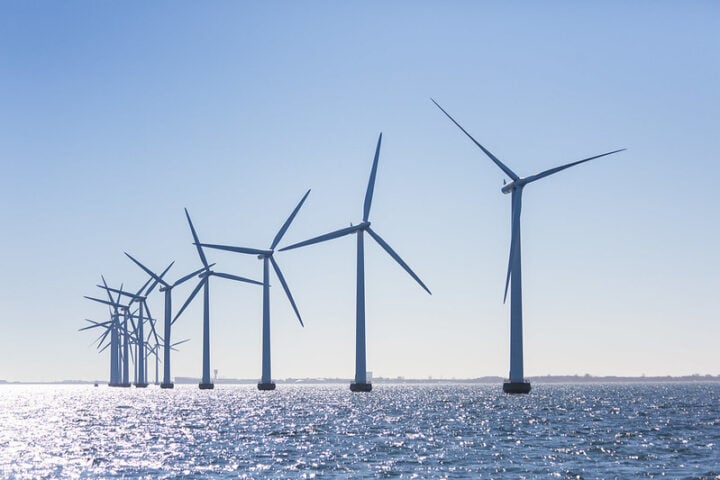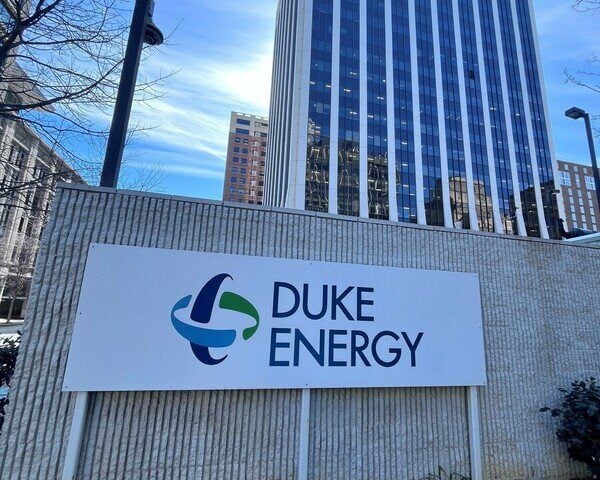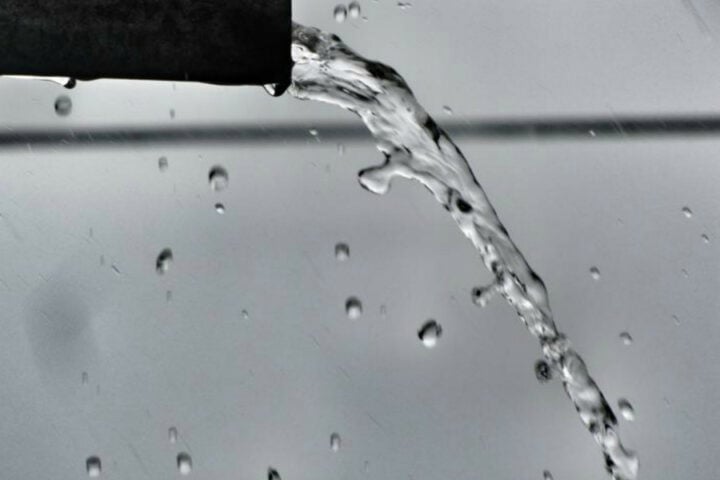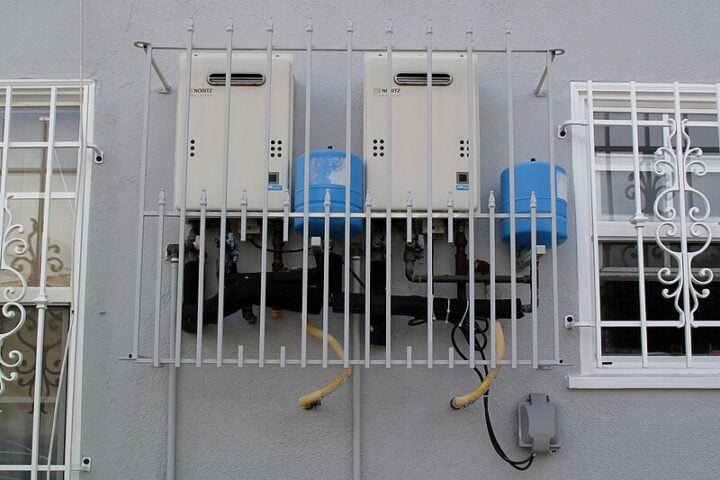The European Commission revealed its Clean Industrial Deal on February 26, 2025, setting out a plan to reduce foreign fuel purchases and speed up the shift to clean energy across Europe. The plan targets savings of 45 billion euros on fuel imports in 2025, potentially growing to 130 billion euros yearly by 2030.
“Renewable energy projects need investment, but doing nothing is also expensive,” said EU Energy Commissioner Dan Jorgensen. “We save money when we stop buying fuel from outside.”
This plan arrives when Europe is still feeling the effects of recent energy troubles. In 2022, the EU spent a record 604 billion euros on imported fuels after Russia cut gas supplies following its invasion of Ukraine. This was a sharp increase from the 163 billion euros spent during 2020’s pandemic slowdown.
What Will the Clean Industrial Deal Do?
The plan has four main parts to help Europe secure its energy future while cutting carbon pollution:
- Cut red tape for clean energy projects so they can be built faster
- Change how energy is priced to make renewables cheaper than oil and gas
- Provide more government money to support clean energy businesses
- Make sure 40% of clean energy equipment (like wind turbines) is built in Europe
While the European Commission suggests these changes, it cannot force countries to adopt them all. This includes the recommendation to lower taxes that make energy bills higher. Jorgensen has urged governments to “use the tools they already have to lower prices.”
Similar Posts
Balancing Costs and Climate Goals
Besides saving money, the plan supports Europe’s bigger goal to become the world’s first climate-neutral continent by 2050. The EU wants to power 32% of its economy with electricity by 2030, up from 23% today, and add 100 gigawatts of renewable power each year.
Europe faces challenges from cheaper foreign products and possible trade penalties. Donald Trump, who returned as U.S. President in January 2025, had previously warned Europe to buy more American oil and gas or face extra taxes on European goods.
Despite these pressures, Jorgensen stands firm on Europe’s green direction: “Just because the US is moving away from the green agenda doesn’t mean we should do the same. In fact, it means we need to push ahead even more.”
Money and Power Grid Improvements
To help pay for these changes, the European Investment Bank is looking at creating a program to back long-term clean energy contracts. This program would also help European companies that make power grid equipment like transformers.
The European Commission plans to create a “European Grid Package” to improve how electricity moves across Europe. This includes better local power networks and better connections between countries. These improvements aim to lower Europe’s energy prices, which remain high – Europeans pay about $13 per unit of natural gas compared to $3 in the United States.

While the Clean Industrial Deal marks an important step toward energy independence and lower carbon emissions, putting it into practice won’t be easy. Warsaw-based energy lawyer Juliusz Kowalczyk notes: “The EU moves slowly when making big changes. It’s like turning a large ship rather than a small boat.”
The plan could still inspire global competition in clean energy. Valerie Karplus from Carnegie Mellon University says: “Europeans continue to lead the way. When systems encourage countries with high pollution to clean up, everyone wins.”
